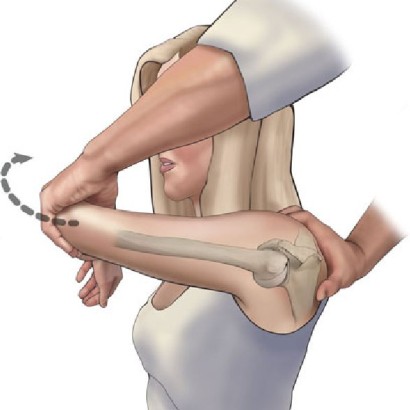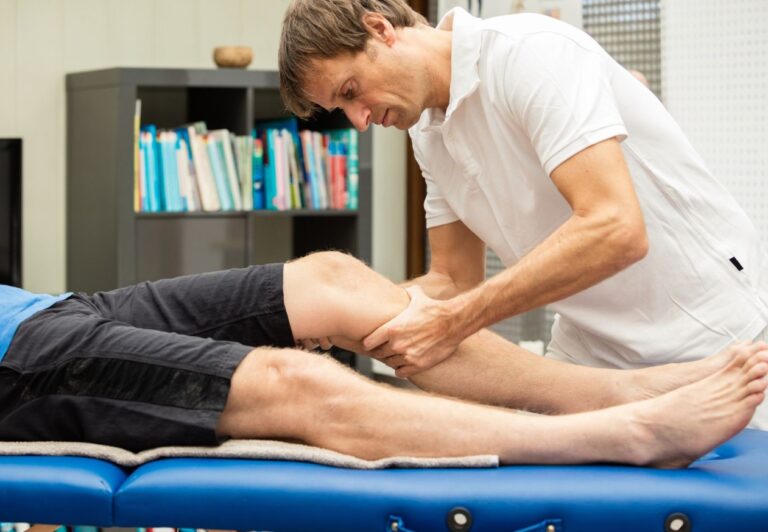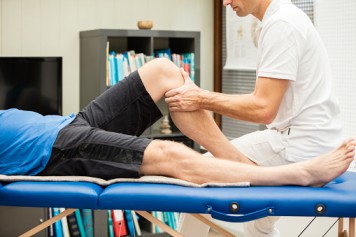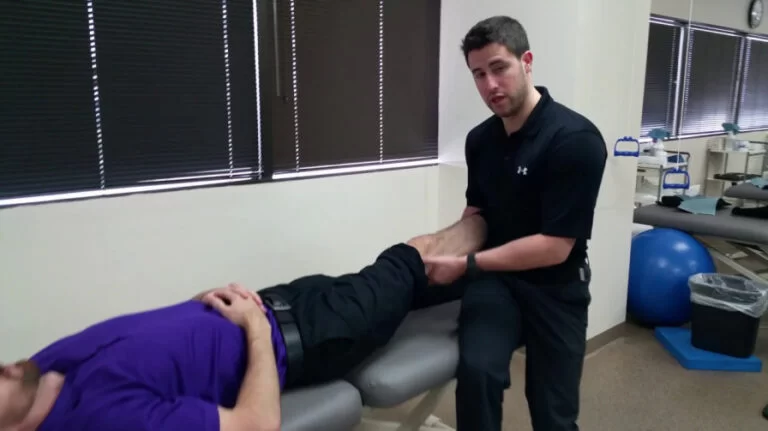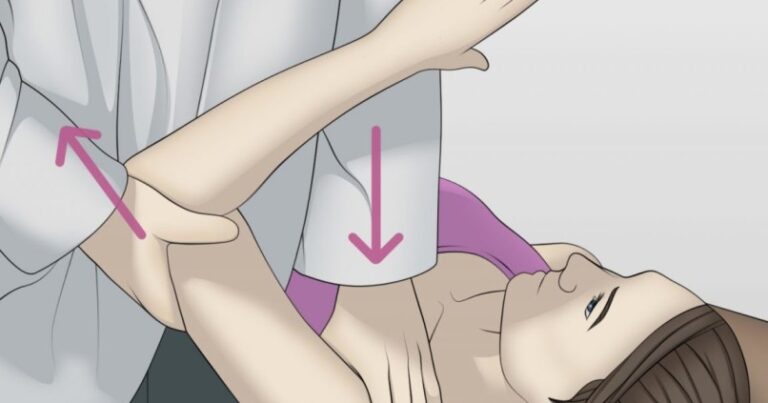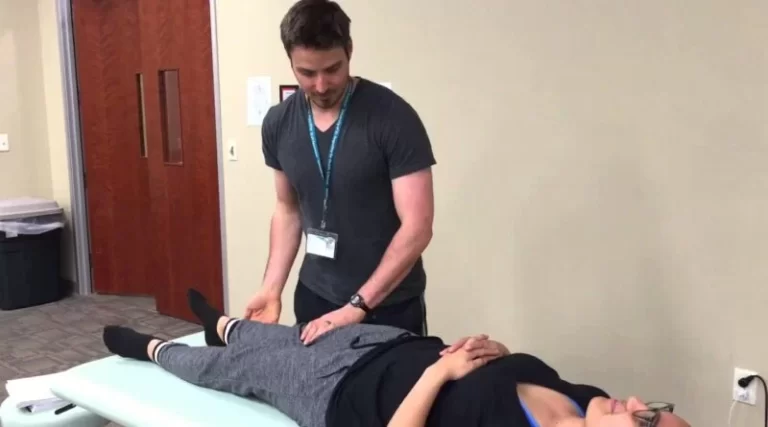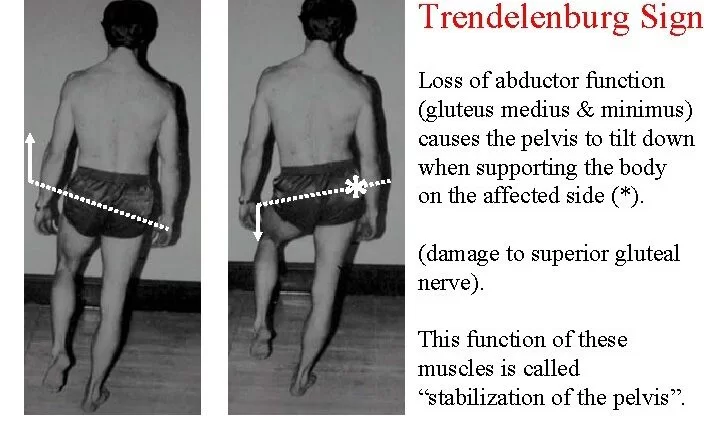Jerk test of Shoulder : Purpose, How to Perform?
What is jerk test for shoulder? The jerk test of shoulder has been used as a diagnostic test of the posteroinferior instability of the shoulder. Shoulder Pain may or may not be associated during posterior clunking of jerk test. This test help to detect success of nonoperative treatment for posteroinferior instability of the shoulder and…

